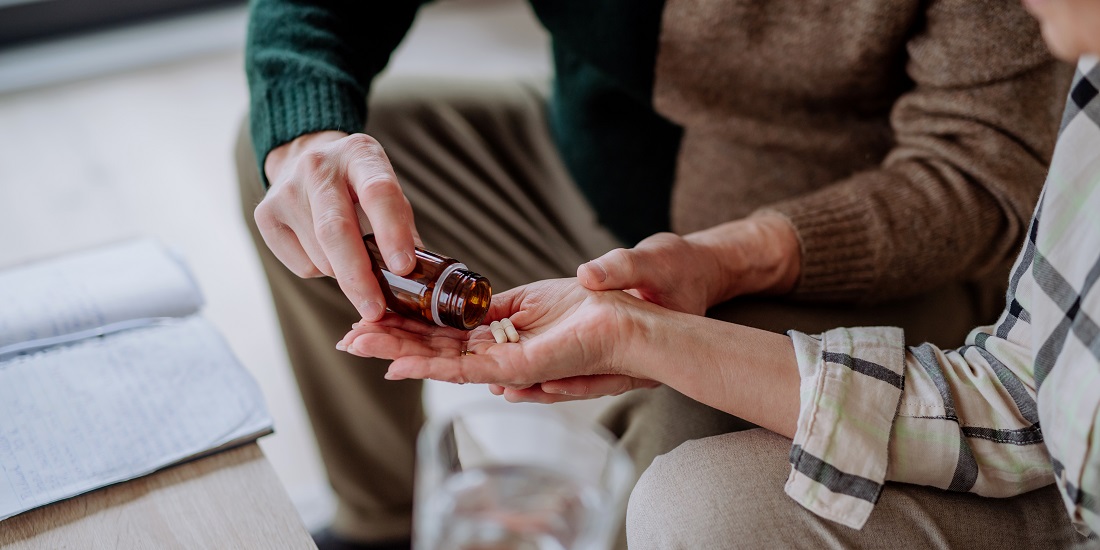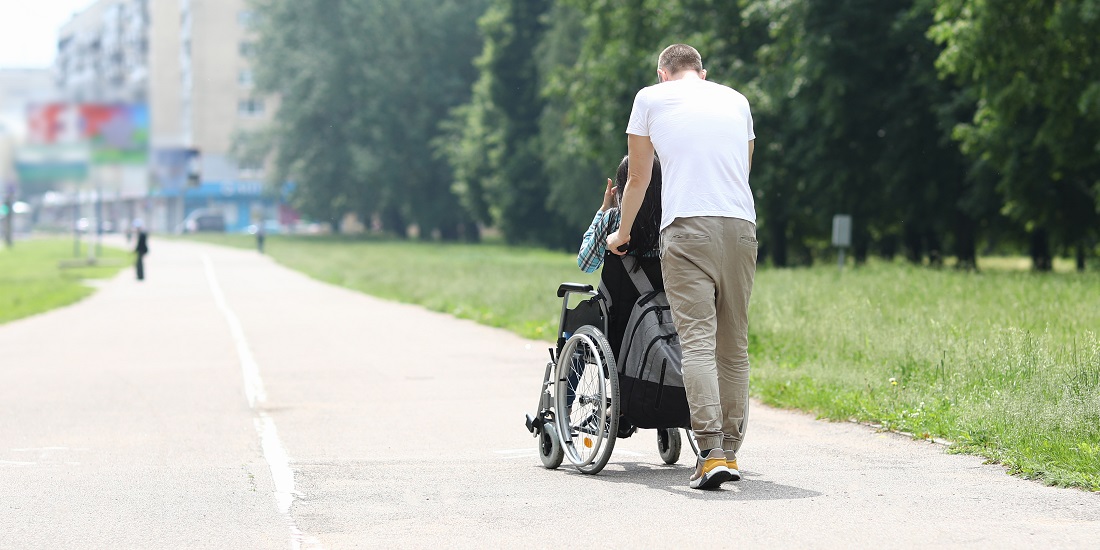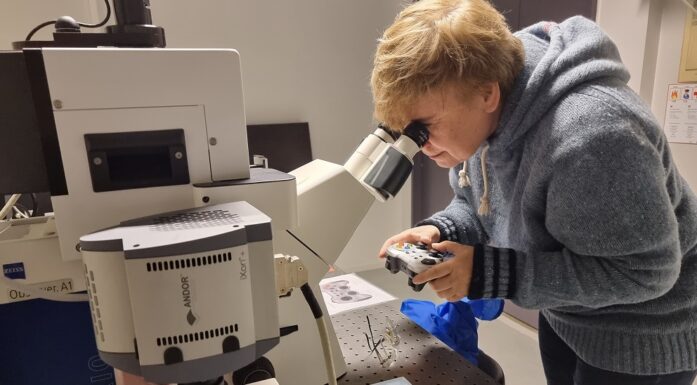This is what relatives think about home-based hospital care
How does it feel to be a relative of a loved one who is a patient in a hospital at home?
Relatives are a great resource in today’s healthcare system. In Norway, relatives’ efforts add up to approximately the same number of person-years as provided by the public municipal health and care services.
But the role of relatives is changing. Changes in the age composition of the population, changed social structures and family patterns will affect how many relatives each of us has to support us in the future.
In order to look after relatives in the best possible way, it is necessary to have increased knowledge about relatives’ involvement and the need for support in various health service models. This is why this type of research is important.
- You might also like: More positive outcomes when elderly are treated locally
Home hospitals a sustainable solution
More and more treatment is being provided at patients’ homes. Home hospitals are a service model that offers treatment and follow-up for acute or semi-acute conditions in patients’ homes. The approach is an alternative to traditional in-hospital treatment.
International studies show that home hospitals are a good solution for patients, and as a sustainable solution for the future.
The corona pandemic strengthened the home hospital’s position. However, we know little about how relatives become involved and how they experience their role when patients receive hospital treatment in their own homes.
I belong to a group of researchers at NTNU and the Health Innovation Center who wanted to investigate this. We recently had an article published in BMC Health Services Research.

In Norway, relatives’ efforts add up to the same number of person-years as the public municipal health and care services provide. Illustration photo: Colourbox
The study shows that relatives have an important role in home hospitals. It gives us insight into how their involvement varies in different phases of the treatment process when hospital treatment is moved home.
Preparation for something new and unknown
Relatives in the study described a hectic preparation phase before their loved ones came home. But at the same time, relatives were not that involved in the decision to choose home hospital over traditional hospital treatment.
The patients were eager to return home, and relatives also wanted them to come home, because there were benefits for the patient, but also for themselves and the family.
Relatives further described a range of information needs in this phase. Many experienced that it was demanding to handle the amount of information they received.
Adapting to a new everyday life at home
Relatives described conflicting feelings as the treatment was moved home. They felt strong joy at being with their loved one again, but also worries and uncertainty about what might happen to the patient at home.
The first period at home was characterized by stress and uncertainty, but family members felt that they had good follow-up and support from health personnel who visited them at home.
Home hospitals also affected the relationship between patient and relatives, for better or for worse. Several described friction between each other, but also that experiencing and coping with this situation together contributed to a shared sense of pride.
Everyday life quickly returned
As the treatment worked and the patients got better, the patients’ need for care, nursing and support decreased. This also meant that the need for relatives to be involved also decreased. Many individuals described this as a seamless transition to everyday life to what it was like before the patient was treated in the home hospitals.
Relatives generally say that they are satisfied with home hospitals, and all participants would contribute as relatives again if needed. They found motivation and meaning in helping with care, nurturing and support at home, and felt it was beneficial for both the patient and the family.
• Read also: This is what happened when the elderly received more treatment locally
Useful knowledge for healthcare personnel
The research on relatives’ role and involvement in home hospitals for adults is the first of its kind in a Norwegian context. Internationally too, very few studies have explored the topic.
The study’s supervisors and co-authors are Anne-Sofie Helvik (ISM, NTNU), Bente Prytz Mjølstad (ISM, NTNU) and Bjarte Bye Løfaldli (Health Innovation Centre).
We believe the study contributes new, important knowledge. This will be useful in the development of future health service models where hospital treatment is provided in the home, both here in Norway and internationally.
We hope that this important knowledge about next of kin’s involvement and roles in various phases of home hospital treatment can act as a guide for healthcare personnel. Hopefully they can get help to provide adequate support at the right time to reduce the risk of negative consequences of being relatives of a patient being treated in a home hospital.
Reference: Karlsen, L., Mjølstad, B.P., Løfaldli, B.B. et al. Family caregiver involvement and role in hospital at home for adults: the patients’ and family caregivers’ perspective – a Norwegian qualitative study. BMC Health Serv Res 23, 499 (2023). https://doi.org/10.1186/s12913-023-09531-3






